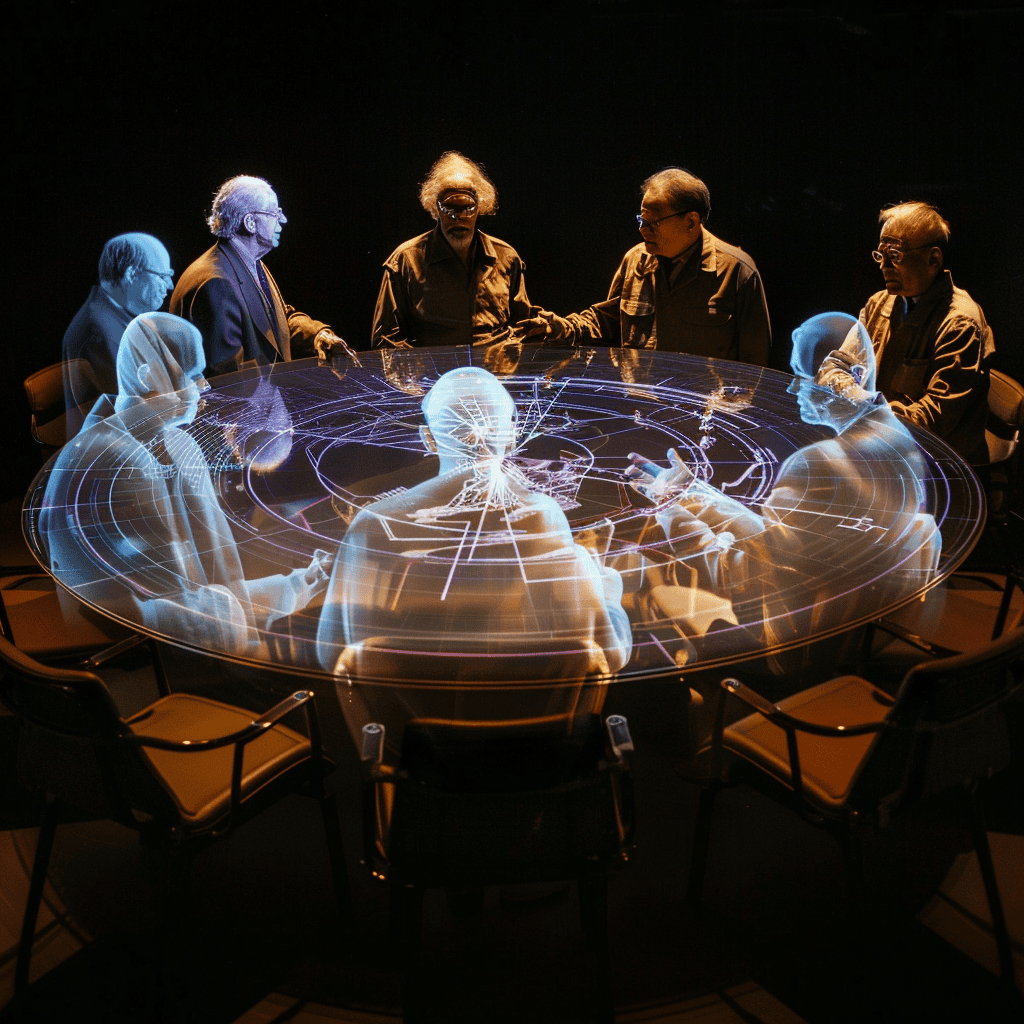
“Can you hear me?”These are the first words uttered by none other than Stephen Hawking through his voice computer on the stage of the Beatrix Theater in Utrecht, 2014. A few minutes before, he rode his wheelchair onto the stage to kick off the international physics competition PLANCKS with a lecture on black holes and the mysterious universe. I sat in the back of the dark auditorium. Quite honestly, I can barely follow the first few minutes of his lecture. I am mostly thinking about how bizarre it is to be allowed to attend a lecture by an ingenious physicist.
Hawking, who sadly had to leave us in 2018 at the age of 76, suffered from the crippling neurological disease ALS for more than 50 years. Before he could only move one small muscle in his right cheek. och knew how to control his speech computer with that one muscle. The hall in Utrecht was deafeningly silent for at least an hour.
Stephen Hawking, but also Albert Einstein and Marie Curie: these are just a sample of a large group of brilliant minds that we are sadly missing. oms I wonder for how much longer, really? While AI has been gaining momentum, we see more and more deepfakes going around the Internet and hear more and more about AI-controlled holograms. e type in the words “Jesussimulator” on Google and you can chat with a simplified version of Jesus Christ himself, reciting sayings from the Bible.
It’s a tad dubious, such a simulator certainly is. t ch I can imagine scenarios – especially in a future where technology can do more and more – where realistic clones of important people from history teach us wise lessons.
So, what would the world be like if ... we could ask our most pressing questions to Einstein or Hawking? As we have a cup of coffee with Mother Teresa? As we could get behind the computer with Ada Lovelace for a lesson in programming?

Hyperrealistic holograms
In our future sketch, such hyper-realistic holograms have become a reality, thanks to the great leaps forward in AI and holographic projection. AI-driven simulations can effortlessly and accurately recreate historical figures in the future based on vast amounts of available data. The AI accurately knows how to figure out thought processes. The holograms also behave exactly like the “original version,” as the AI figures out all facial features through video footage and descriptive notes. The holograms are not only visually impressive, but also interactive. Effortlessly, they answer any question posed to them (unless the cloned person’s character hated answering questions, of course).
Mother Teresa
Holograms are invaluable for education. They promote a deep understanding of numerous topics in ways previously unthinkable. Imagine a nursing course at HAN University of Applied Sciences, where students interactively learn from Mother Teresa. She shares her personal stories of providing love and care to the most vulnerable. The class delves deeply into her work in war-torn areas, such as Calcutta, where she fought tirelessly against poverty and injustice. Gaping students in the back of the lecture hall is a thing of the past.
Hawking and Einstein
Physicists also delight in the lifelike clones of bright minds who came before them. Scientists from several universities in the Netherlands meet weekly at a round table, at which Stephen Hawking and Albert Einstein, among others, take their seats. They actually participate in the conversation. During one of these meetings, a lively discussion ensues about the nature of black holes. Indeed, Hawking’s AI simulation throws a new hypothesis into the group. The group of scientists eventually arrived at a new model that explains the mysterious properties of black holes better than ever before.
Gandhi
In addition to education and science, politics also benefits from new technology. It will not have escaped anyone’s notice that there are tensions on the world stage, for example, when it comes to receiving refugees. That is why the European Union has enlisted the “help” of Mahatma Gandhi. Once a month, the hologram helps politicians analyze and apply his strategies in modern contexts of social justice and peace. Not that all parties suddenly agree. Difference must exist. But we can be sure that Gandhi’s history lessons will stick. Everyone has the key facts straight.
Reinterpreting history
We have many bumps to overcome before we can safely apply this technology in our society. The ethical issues are complex: to what extent do we want to use AI to tinker with our perception of historical figures? Technological hurdles also exist: how accurately can we simulate the personality and thought processes of a historical figure? AI-driven simulations may oversimplify or even distort their complex ideas and contextual nuances. And the implications go far. I shudder to think what might happen if we start reinterpreting history in a systematic way. So, better be safe than sorry.
Going to the pub with Hawking
So while I would love to dive into the pub with hologram Hawking one day, in addition to the technology, I am waiting for the necessary ethical guidelines. But should we succeed: let the tap flow!

